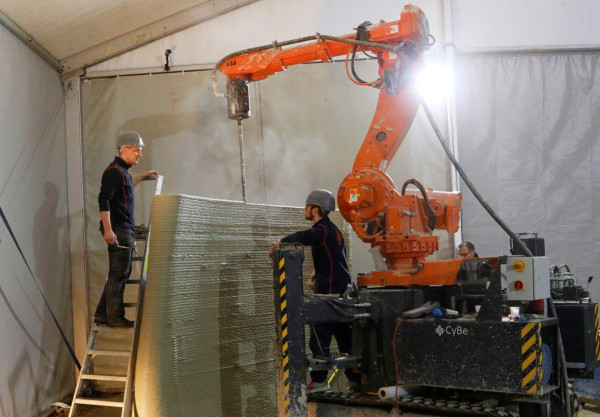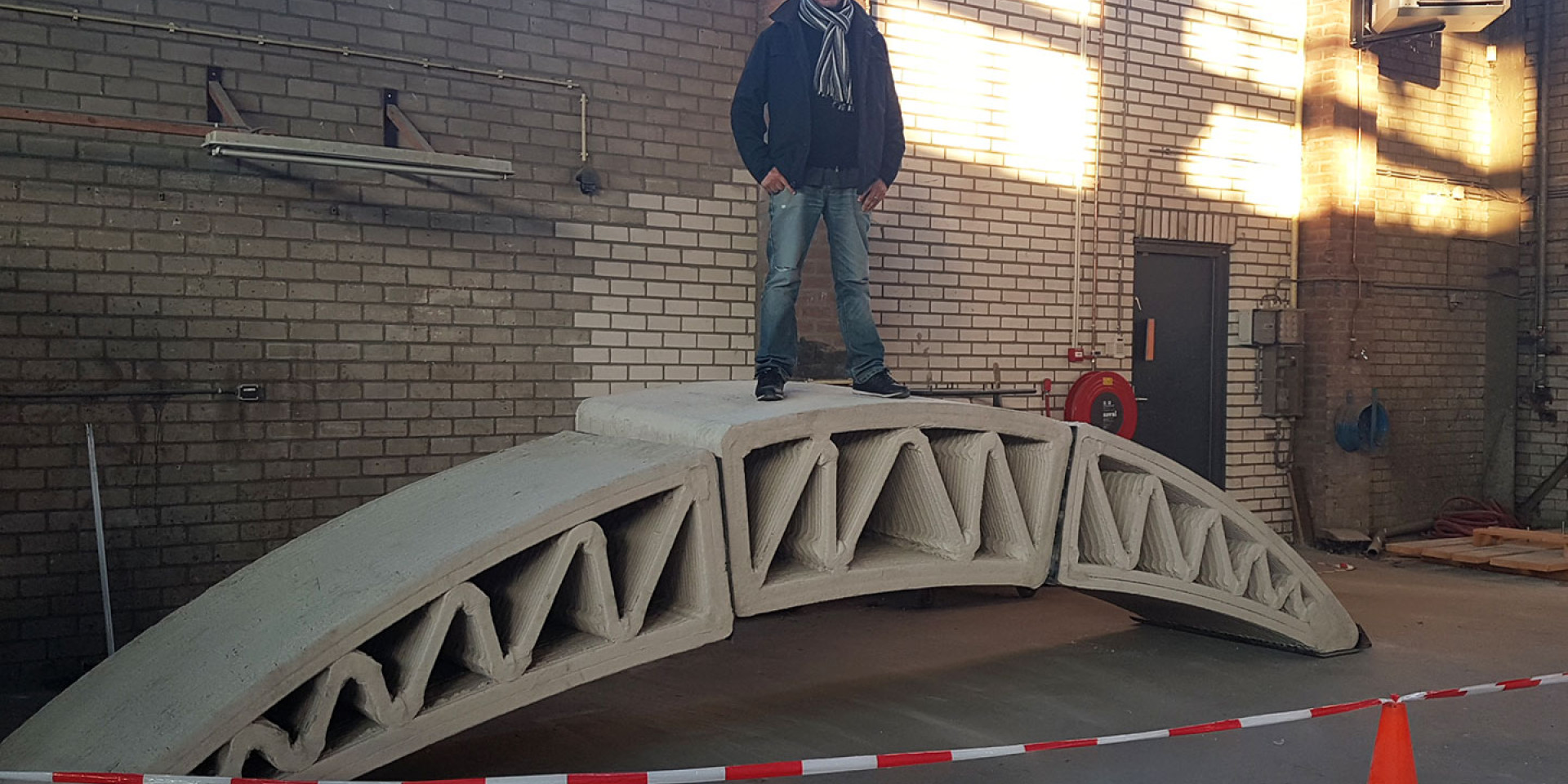Printing its way to a more affordable, more sustainable construction industry, QOROX has used Callaghan Innovation support to accelerate its R&D and commercialise 3D concrete printing in New Zealand.
At a glance
- Waikato-based startup QOROX is the first in the Southern Hemisphere to undertake commercial 3D concrete printing, offering increased affordability, durability and speed over traditional construction methods, as well as environmental benefits.
- With varying efforts and grants, Callaghan Innovation has helped accelerate the R&D process, helping adapt overseas technology to suit the New Zealand market.
- Future R&D efforts include developing a 100 per cent locally sourced mix, with QOROX also looking to take the technology further afield into Australian and Pacific markets in the longer term.
One of the biggest challenges with startups is funding, but also getting people to see the potential in a new technology. Callaghan Innovation has helped a lot in terms of understanding the market pain points, as well as seeing the potential of this technology to tackle those challenges.
-Wafaey Swelim, Founder, QOROX
A new way of building
Hamilton-based QOROX is the first business in the Southern Hemisphere to undertake commercial 3D printing of concrete. And now with partnerships with both Auckland and Hamilton City Councils, the construction industry startup will be printing bespoke concrete landscaping features for the local authorities.
Launched as a result of earlier extensive work by the business’s R&D arm, XD Innovations (XDi), founder Wafaey Swelim saw the opportunity to commercialise 3D concrete printing technology on New Zealand shores.
While working in New Zealand Swelim observed the unique challenges our construction industry faces, in particular, our high building standards due to seismic issues; slow adoption of new technology due to our small market; and high demand in residential and commercial construction. He knew 3D printing could help.
“In the construction industry I could see that we’ve been doing the same things for decades, but expecting things to change and for productivity to improve,” says Swelim.
By 3D printing concrete substantial advantages over traditional construction methods can be achieved. This includes the ability to build 75 per cent faster, with 70 per cent less waste and 40 per cent less carbon emissions, and all at a competitive cost.
Continuous R&D efforts requiring continuous support
Despite signing a deal for the New Zealand rights to Netherlands-based CyBe Constructions technology, applying a relatively new technology to a new market is not as simple as buying it off the shelf.
Swelim has had to invest heavily in R&D to get to the point of commercial launch, including testing the technology in New Zealand to ensure it complies with our building standards. Callaghan Innovation has been by his side, helping R&D efforts in a number of ways.
After XDi’s 3D printing robot landed in New Zealand, Swelim engaged with the NZ Product Accelerator, a programme supported by Callaghan Innovation, helping him connect with the right people and organisations throughout the R&D process. As well, a Callaghan Innovation grant is helping progress R&D in order to adapt the technology for the New Zealand market.
Swelim says the grant has helped “immensely in accelerating the adoption of the technology”.
“One of the biggest challenges with startups is funding, but also getting people to see the potential in a new technology. Callaghan Innovation has helped a lot in terms of understanding the market pain points, as well as seeing the potential of this technology to tackle those challenges,” Swelim says.
XDi also accessed an R&D Experience Grant to support an Auckland University structural engineering student to undertake Master’s research around 3D concrete printing.
Callaghan Innovation Business Innovation Advisor Nick Sterling says “Concrete 3D printing has been identified as one of top 10 global disruptive technologies, and it’s fantastic to see a New Zealand construction business boldly adapting this technology to take it to market here first and then to international markets. We’re supporting the business to grow and scale its impact, with future R&D programmes being planned.”

Developing the right mix for success
Swelim says as a first mover in the New Zealand market, XDi is focused on R&D to maintain its competitive advantage, not least helping increase the availability, affordability and sustainability of the printed product.
Potential future opportunities include developing a concrete mix that’s 100 per cent sourced from local materials, and also incorporating waste materials, such as shredded waste plastic or rubber, or crushed glass as an aggregate.
As well, XDi anticipates it could also help create related businesses in the supply chain, such as suppliers of raw materials. A potential idea is to partner with iwi or other Māori organisations to access and use volcanic ash as part of the mix.
Overall, Swelim’s vision is to expand into Australia and Pacific island nations, which he says have similar construction processes and recognise New Zealand’s high building standards.
“At the moment, I’m just a guy in Hamilton with a robot – but this is just the beginning. The potential for this technology to disrupt and grow the industry is huge.”




